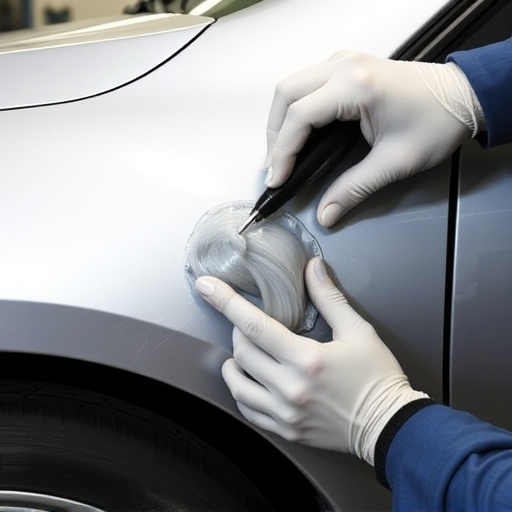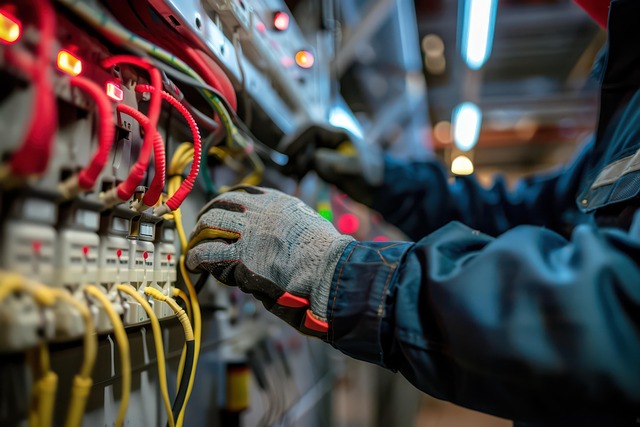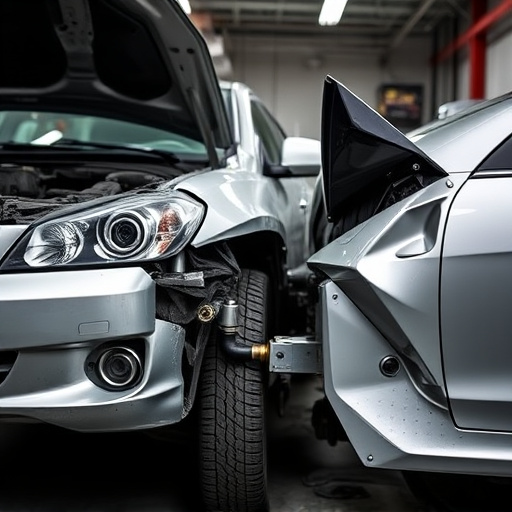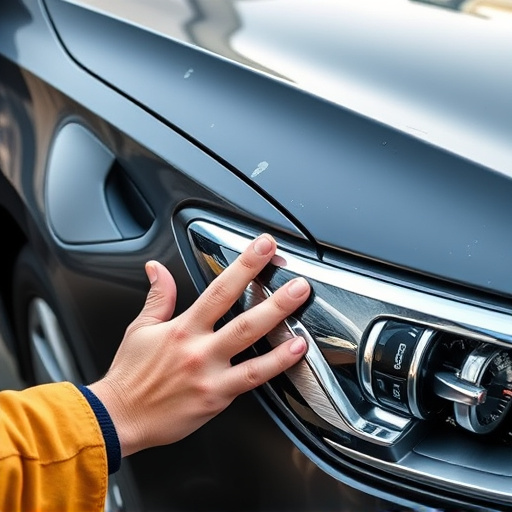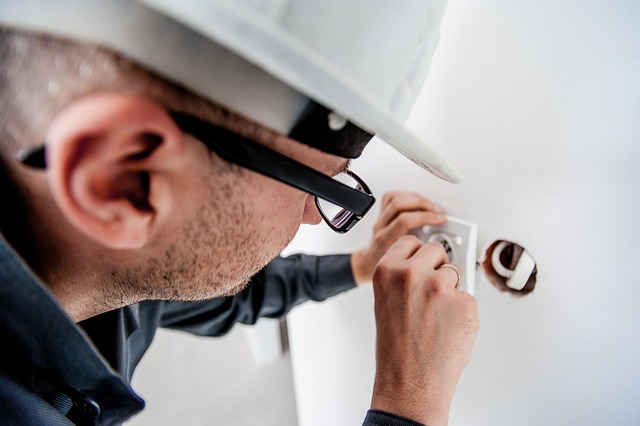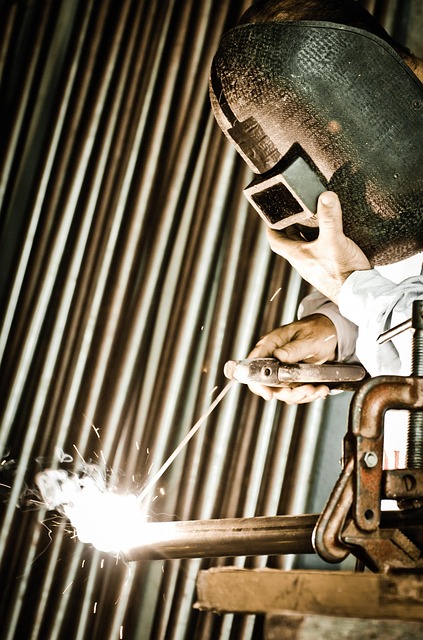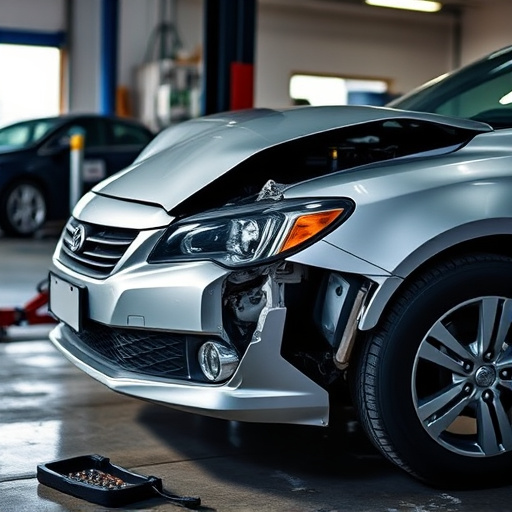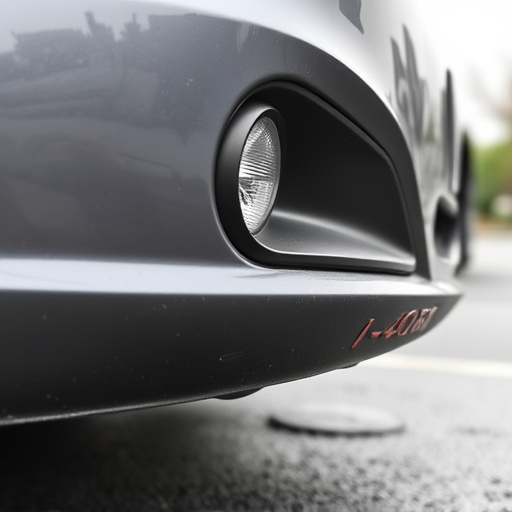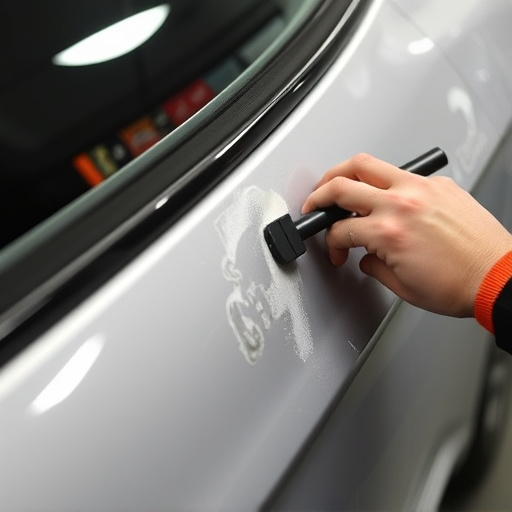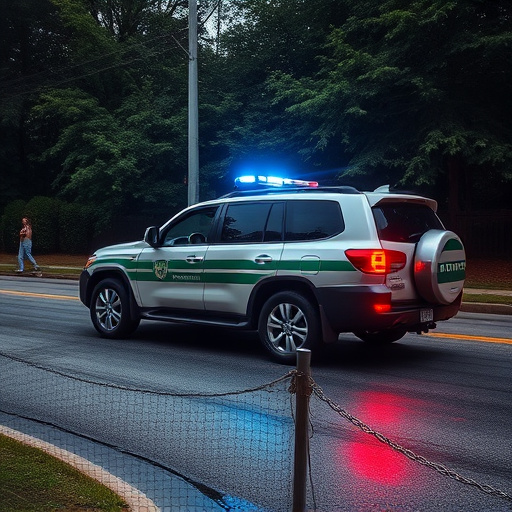Tesla collision diagnostics are a revolutionary tool for EV safety and reliability. Using advanced tech, they swiftly assess post-collision damage, detect potential system failures, and ensure precise repairs, enhancing vehicle performance and driver peace of mind. These diagnostics empower repair professionals to maintain Tesla vehicles at optimal conditions, preventing minor issues from becoming major problems.
Tesla collision diagnostics are transforming vehicle safety and reliability. By thoroughly evaluating a car’s systems post-collision, these advanced tools identify potential weaknesses before they become critical failures. This proactive approach not only reduces the risk of future system crashes but also enhances overall vehicle performance. In this article, we explore Tesla collision diagnostics, their key benefits for safety and reliability, and effective strategies to prevent systemic failures, ensuring your Tesla stays in top condition.
- Understanding Tesla Collision Diagnostics
- Key Benefits: Enhancing Safety and Reliability
- Effective Strategies for Future System Failures Prevention
Understanding Tesla Collision Diagnostics
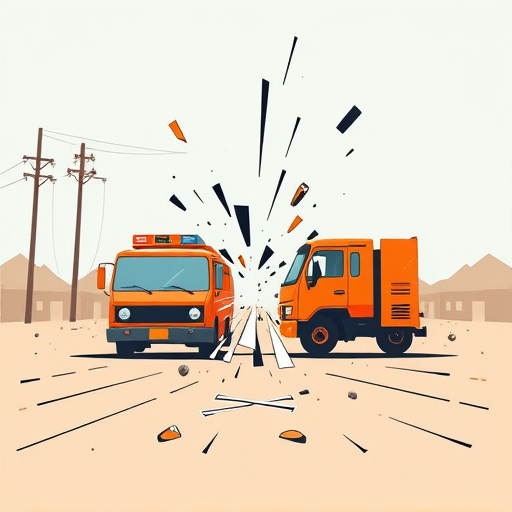
Tesla collision diagnostics play a pivotal role in maintaining the safety and reliability of Tesla vehicles. These advanced systems are designed to detect even minor discrepancies following an accident, ensuring that every component is functioning optimally. By employing cutting-edge technology, Tesla’s collision diagnostics go beyond conventional checks, identifying potential future system failures before they occur. This proactive approach not only enhances vehicle performance but also offers owners peace of mind, knowing their cars are in top condition.
In the event of a car collision repair, these diagnostics become invaluable tools for professionals at a collision repair center. They enable thorough assessments, accurate repairs, and precise adjustments, guaranteeing that the vehicle returns to its pre-accident state. Unlike traditional vehicle repair services, Tesla’s diagnostic capabilities offer a level of precision and efficiency, ensuring customers receive top-quality care tailored specifically to their electric vehicles.
Key Benefits: Enhancing Safety and Reliability

Tesla collision diagnostics play a pivotal role in enhancing safety and reliability for electric vehicle owners. By leveraging advanced technology, Tesla’s diagnostic tools can quickly and accurately identify any damage or potential issues within the car’s complex systems after a collision. This proactive approach ensures that even minor impacts are thoroughly assessed, reducing the risk of serious future system failures.
Through these diagnostics, car body shops and auto body services can provide more precise repairs, aligning with Tesla’s high standards for quality and safety. By catching problems early, both drivers and mechanics benefit from improved vehicle performance and peace of mind, knowing their Tesla is in optimal condition to navigate the road ahead securely.
Effective Strategies for Future System Failures Prevention
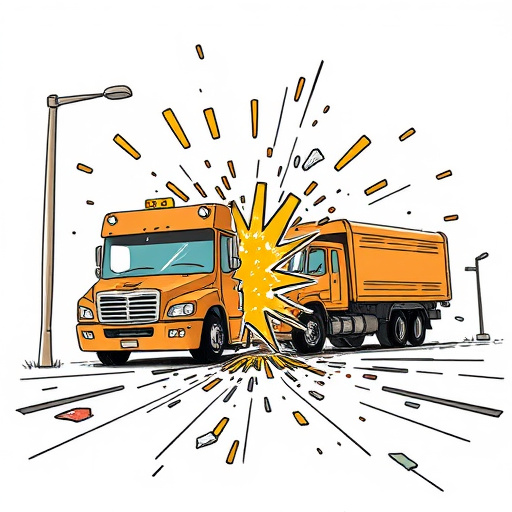
Tesla collision diagnostics play a pivotal role in preventing future system failures by offering effective strategies for identifying and rectifying potential issues early on. These advanced diagnostic tools are capable of scanning vehicle systems for any anomalies, providing detailed reports that aid auto repair services in pinpointing problem areas. By integrating this technology into their processes, automotive repair services can significantly enhance the overall reliability of Tesla vehicles.
Regular checks and maintenance routines, coupled with Tesla collision diagnostics, form a robust defense against unforeseen breakdowns. Automotive repair services can leverage these diagnostics to develop proactive solutions, ensuring that minor glitches don’t escalate into major system failures. This not only extends the lifespan of the vehicle but also offers peace of mind for Tesla owners, knowing their cars are in optimal condition.
Tesla collision diagnostics play a pivotal role in enhancing vehicle safety and reliability. By swiftly identifying and addressing potential system failures after an accident, these advanced tools not only reduce the risk of future malfunctions but also ensure the optimal performance of critical systems. Incorporating effective strategies based on these diagnostics can significantly contribute to maintaining the integrity and safety of Tesla vehicles over time.
